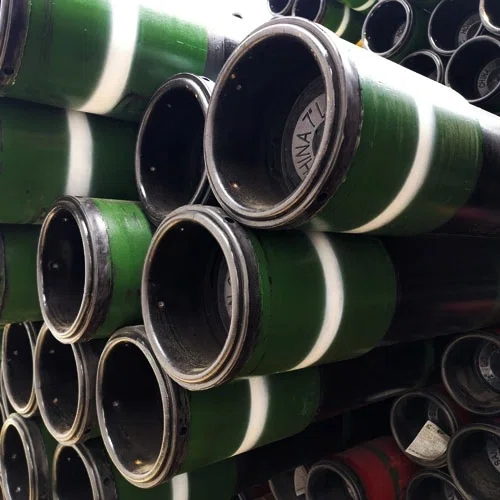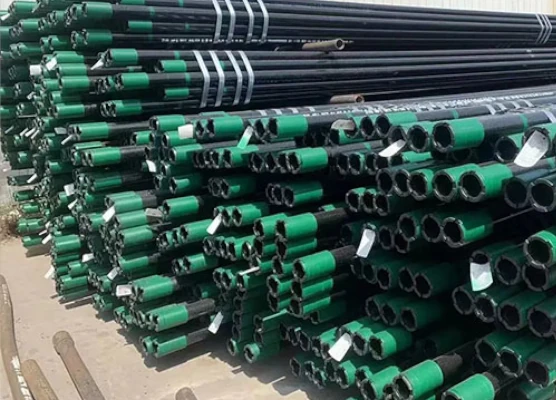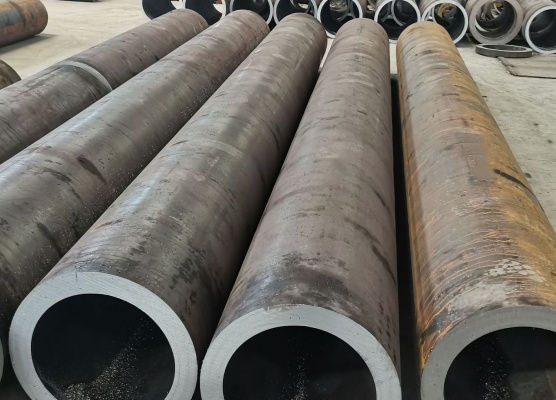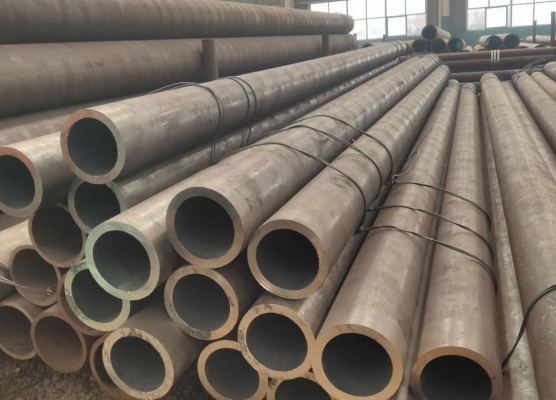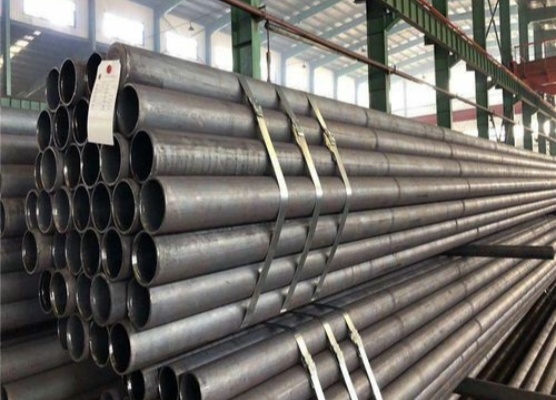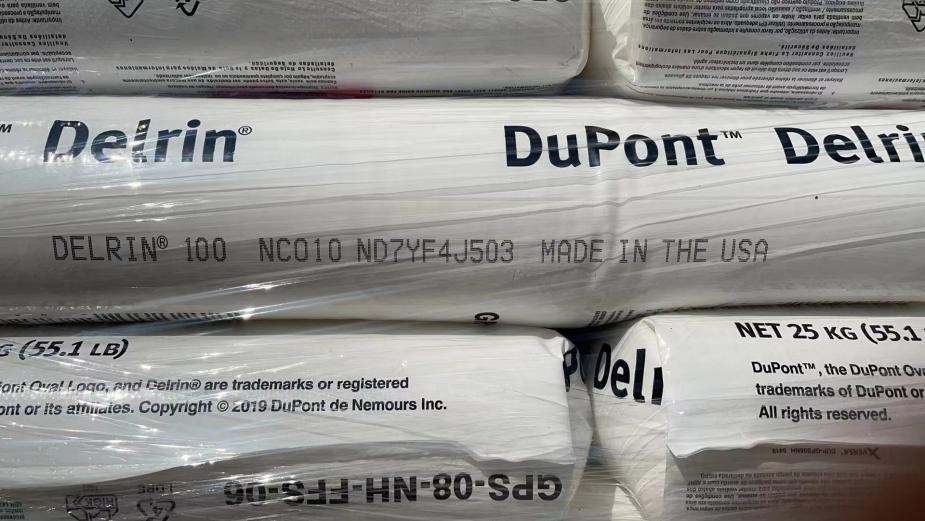Railway rails are primarily made from high-carbon steel. This is not ordinary mild steel; it is a specially formulated alloy designed to withstand immense pressure, wear, and fatigue. The most common grades you will encounter are U75V/U76CrV in China and EN 13674-1 Grade R260/R350HT in Europe.
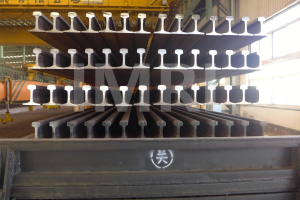
1. The “Why”: Why High-Carbon Steel?
A rail must perform three critical functions:
– Support immense weight: A single rail must support loads of 25-40 tons per axle, often multiple times a minute.
– Resist wear: The constant friction from train wheels grinds away at the rail head.
– Withstand impact and fatigue: Every passing wheel is a impact event, leading to metal fatigue over time.
High-carbon steel provides the perfect balance of:
– High Yield Strength: Resists permanent deformation (bending).
– High Hardness: Resists wear and abrasion.
– Good Toughness: Resists cracking and brittle fracture.
2. Chemical Composition: The “Recipe”
The properties are achieved through a precise chemical composition. Here is a typical breakdown for a common grade, R260 (values are approximate percentages by weight):
| Element | Role in the Rail | Typical Percentage |
| Carbon (C) | The most important element. Increases strength and hardness by forming a hard microstructure called “pearlite”. Too little carbon makes the rail soft; too much makes it brittle. | 0.62% – 0.80% |
| Manganese (Mn) | Increases hardenability, strength, and toughness. It helps to refine the pearlite structure, making it more resistant to cracks. | 0.70% – 1.20% |
| Silicon (Si) | Acts as a deoxidizer during steelmaking (removes oxygen), resulting in a cleaner, stronger steel. Also increases strength. | 0.15% – 0.60% |
| Phosphorus (P) | Impurity. Kept to a very low level as it embrittles the steel. | < 0.030% |
| Sulfur (S) | Impurity. Forms inclusions (like manganese sulfide) which can act as stress points and initiate fatigue cracks. | < 0.025% |
| Chromium (Vanadium, etc.) | Alloying elements (in higher grades). Added to further increase hardness, wear resistance, and especially fatigue life. Common in grades like R350HT (Head Hardened) or U78CrV. | Varies (e.g., Cr: 0.10-1.30%) |
3. Common Steel Grades and Standards
Rails are produced to strict international standards. The grade name often indicates the minimum tensile strength in MPa (Megapascals).
European Standard (EN 13674-1):
– R200: Used for light rail or trams. (200 MPa yield strength)
– R220: For standard passenger lines.
– R260: The most common grade worldwide for mainline heavy-haul and high-speed railways.
– R320Cr: A chromium-alloyed grade for higher wear resistance.
– R350HT (Head Hardened): The premium grade. After initial rolling, the head of the rail is heat-treated (quenched) to create an even harder surface. This is used in the most demanding applications: sharp curves (where wear is extreme) and heavy-haul freight lines.
Chinese Standard (TB/T 2344):
– U71Mn: A common grade, similar to R260.
– U75V / U76CrV: Higher-grade rails containing Vanadium or Chromium for improved performance, similar to R350HT.
American Standard (AREMA):
– Grade A-E: Standard carbon steel rails.
– Grade HH (Head Hardened): Similar to R350HT.
4. Why Not Other Materials?
Mild Steel:Would deform too easily under load.
Cast Iron: Too brittle and would crack under impact.
Aluminum/Titanium: Far too soft and expensive for this application.
In conclusion, the railway rail is a masterpiece of metallurgical engineering. It’s not just “steel,” but a specific, high-performance high-carbon, pearlitic steel, carefully alloyed, rolled, and often heat-treated to provide the durability and strength required by the modern railway industry.







